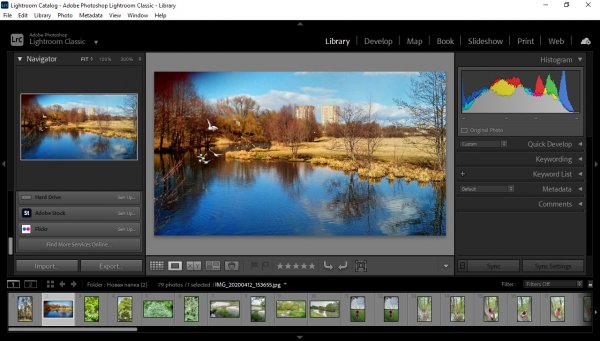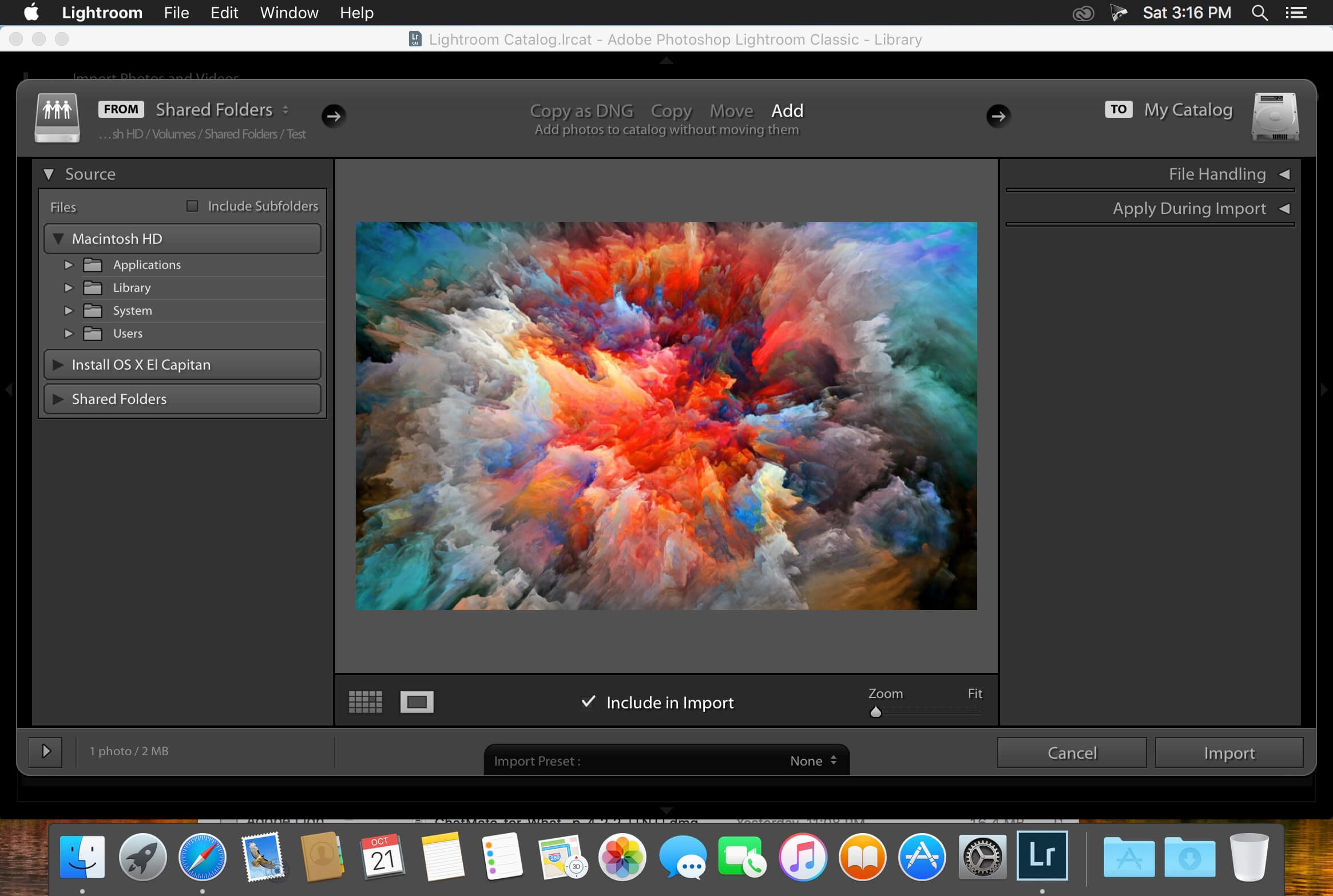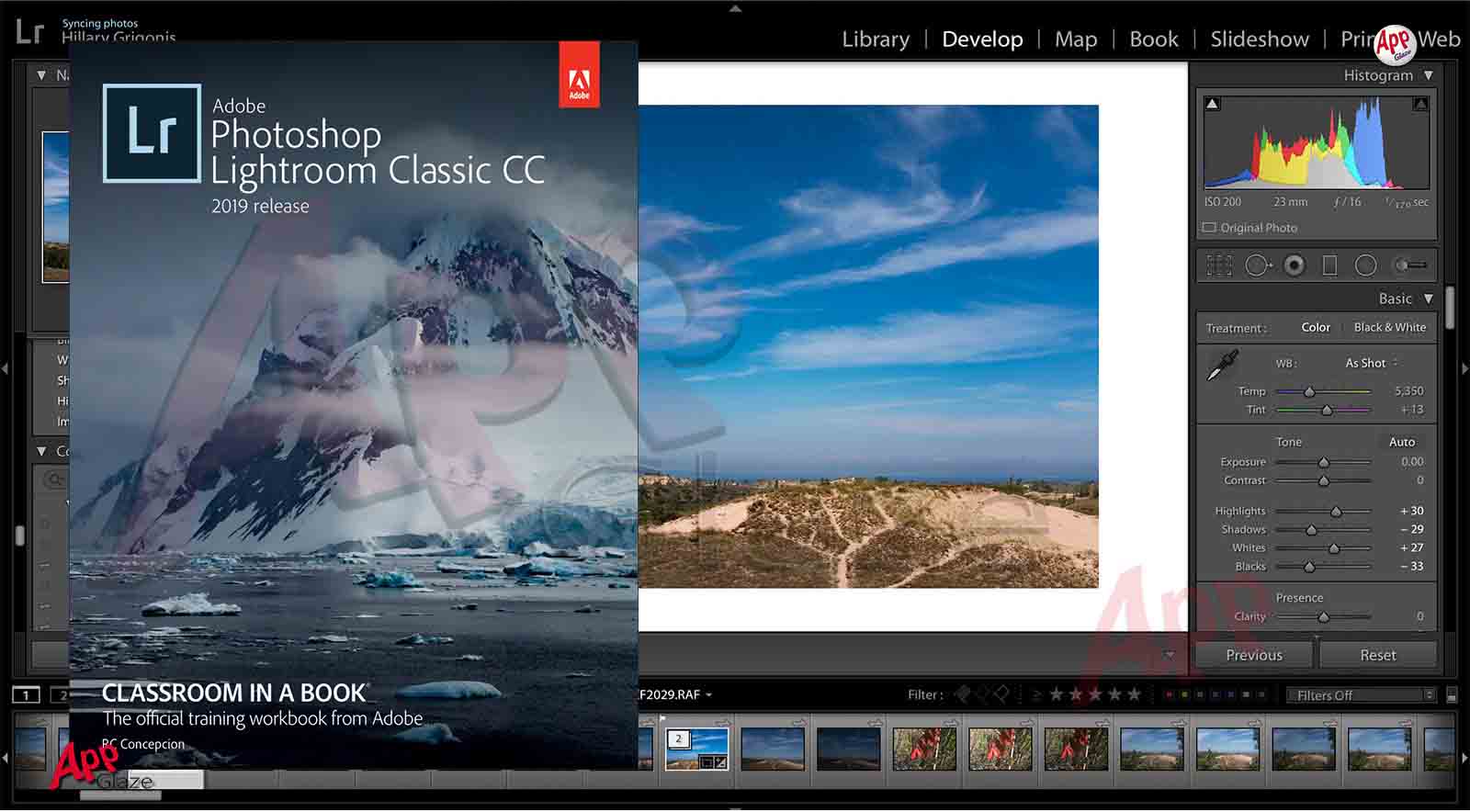
Over the years, Adobe Camera Raw has become more capable than ever. In Adobe Camera Raw, you can tweak almost every aspect of a photograph, from the white balance and exposure to lens correction and curves. Unlike JPEGS, which you can open directly in Photoshop, RAW photos will first be opened up in Adobe Camera Raw, before they’re opened in Photoshop. Speaking of RAW photographs, Adobe Camera Raw is another vital component to the Photoshop workflow. A screenshot of Adobe Bridge CC running on MacOS. By doing so, Bridge speeds up the process of browsing through your folders, especially if you shoot photographs in the RAW format. In addition to organizing the files, Adobe Bridge displays detailed metadata information captured with the photographs and even creates thumbnails for each image. After importing the photos from your memory card, Adobe Bridge is where you can browse the images in the folders you’ve organized them in. Together, these three programs work hand-in-hand to provide a similar experience to Adobe Lightroom, albeit more compartmentalized.Īdobe Bridge is where your photography workflow would begin. It has come a long way since its inception in the early ’90s, and recently it has become more useful than ever for photographers, thanks to the addition of Adobe Bridge and Adobe Camera Raw. Adobe PhotoshopĪdobe Photoshop is the gold standard in the world of photo editing, used by amateurs and pros alike around the globe. But the underlying differences remain the same.īelow, we’ll break down the characteristics of each program to better help you decide which solution is best for you. The difference between the two programs is further blurred thanks to Adobe Camera Raw and Adobe Bridge, two integrated programs of Adobe Photoshop that, when combined with Adobe Photoshop, create a workflow similar to that of Adobe Lightroom.




Adobe Lightroom, on the other hand, is closer to an entire photography studio, as it imports, organizes, edits, and exports photographs. In the most simple terms, Adobe Photoshop is effectively a digital darkroom, where you can make detailed adjustments and alterations to any kind of image. But the truth is, each program is designed with a different purpose in mind, and each offers a distinct post-production photography workflow. Fitbit Versa 3Īt first glance, these two programs might appear redundant, as they’re both made with the goal of editing photographs of all kinds.


 0 kommentar(er)
0 kommentar(er)
